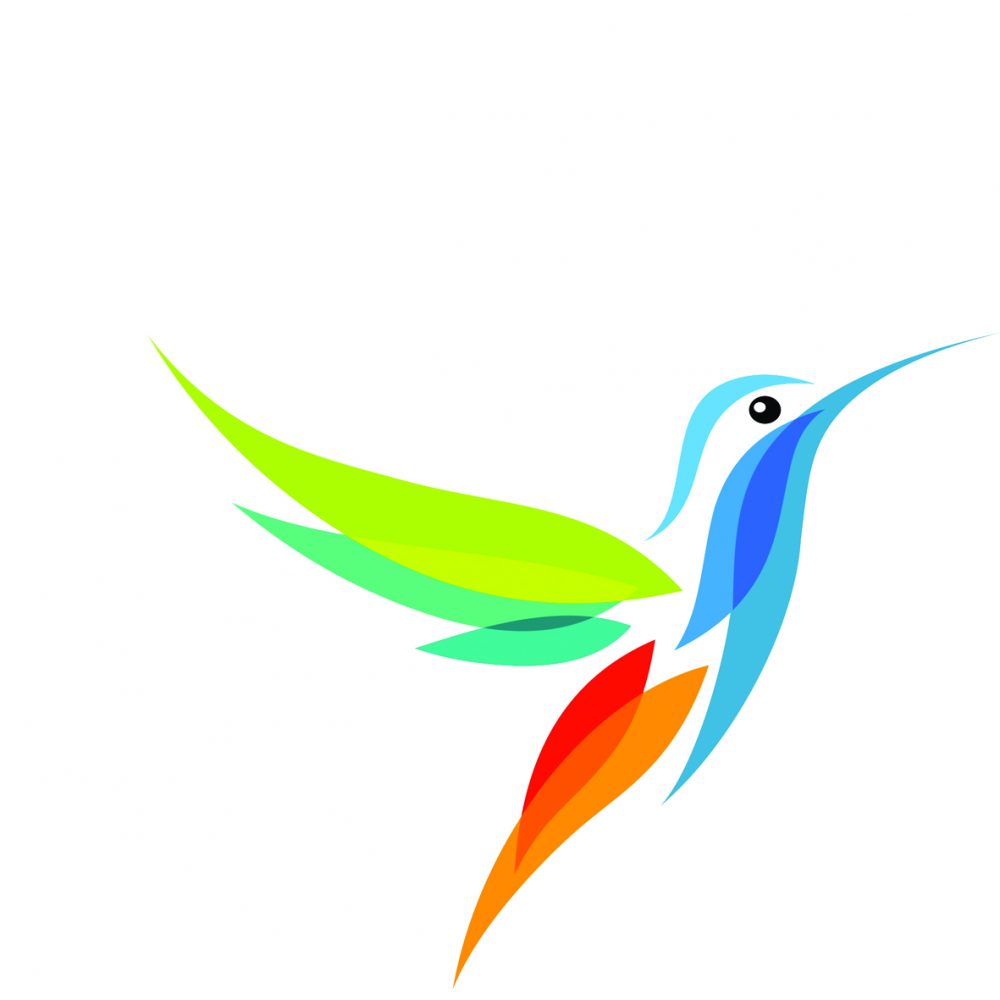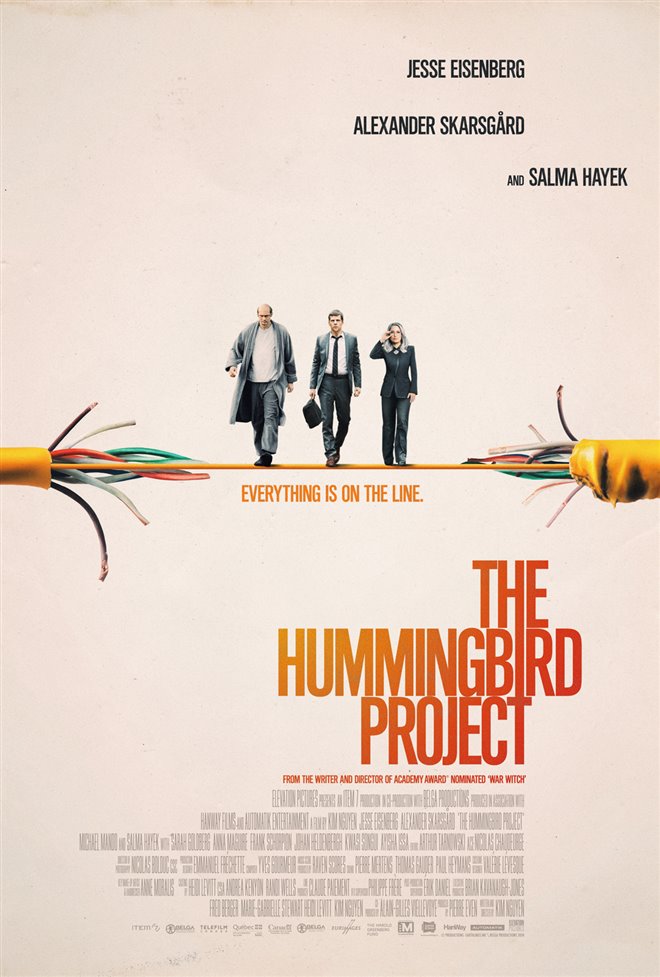

Furthermore, students who are teen parents will also get to enjoy children’s books with their kids who are in the Beacon Services daycare program at ILC. Since, as Debbie puts it, the ILC is inherently non-traditional, this library will reflect that and include materials such as videos, poetry, short stories and Hi-Lo books (high interest books with accessible reading levels). A former graduate from ILC will be doing a carving for the library, students in the TASK trades program will build a cedar bookcase, and current Indigenous students will assist in selecting materials for the collection, as well as choosing a SENĆOŦEN name for the space that reflects the spirit of learning. For students at ILC, they can be subject to feeling lesser-than or devalued in the traditional school system that simply doesn’t work for them, and those feelings are something that Debbie hopes to remedy through the Hummingbird Project. Debbie emphasized the importance of student participation in the creation of the library so that they gain “a pride of accomplishment and a sense of agency.” Moreover, she anticipates that this project will show students, especially Indigenous students, that they are seen and valued within the school. The library at ILC will be a collaborative project between teachers and students. A window allows readers to learn about other identities they may not occupy, while literature also acts as a mirror for readers to see themselves represented and their lives affirmed. Stories, especially when presented in literature and media, offer both a window and a mirror for the reader. Ideally, students will get to use the library space as a place to connect, share and absorb stories.

In the ILC’s proposal for the award, they quote Richard Wagamese who says that “ we take the time to share stories with each other, we get bigger inside, we see each other, we recognize our kinship – we change the world, one story at a time …” This quote is the essence of what the ILC hopes to achieve through the Hummingbird Project. So often, this focus is absent from the public school curriculum where Indigenous education centres around historical wrongs. Her hope is that the library will be a focused collection that fosters relationship building between Indigenous and non-Indigenous students at the ILC, where these relationships are built on an understanding of culture, and a focus on positive history and affirming Indigenous community and lives. Although, this will not just be a “regular” school library.ĭebbie outlined the desire for a library that reflects the Truth and Reconciliation Commission Calls to Action. ILC humanities teacher Debbie Nikkel is leading the project, which will occur at the Central Saanich campus. This award grants the school $4,000 of seed money for “The Hummingbird Project,” which will develop a library collection for students. After submitting an extensive proposal, the ILC was awarded the CFUW Library Award during the local CFUW 25th Anniversary ceremony in August 2020. National organization CFUW (Canadian Federation of University Women) recognized this discrepancy and their local chapter approached the ILC about their bi-annual Library Award. However, one thing missing is a school library. Students at the ILC are given individualized attention and Personal Education Plans to help them succeed, build confidence and learn. The ILC is a place for students to thrive, especially when this isn’t possible in the standard school system. The ILC is a secondary school within the Saanich School District (SD63), teaching grades nine through 12 at two main campuses and three satellite campuses across Saanich and the Peninsula. But hummingbirds aren’t the only ones: students of the Individualized Learning Centre (ILC) share these same qualities, which is why the hummingbird is the perfect symbol for the library project happening at the Central Saanich ILC. It approaches life with flexibility and adaptability. The hummingbird is wise, courageous and determined it symbolizes healing, beauty and creativity.


 0 kommentar(er)
0 kommentar(er)
